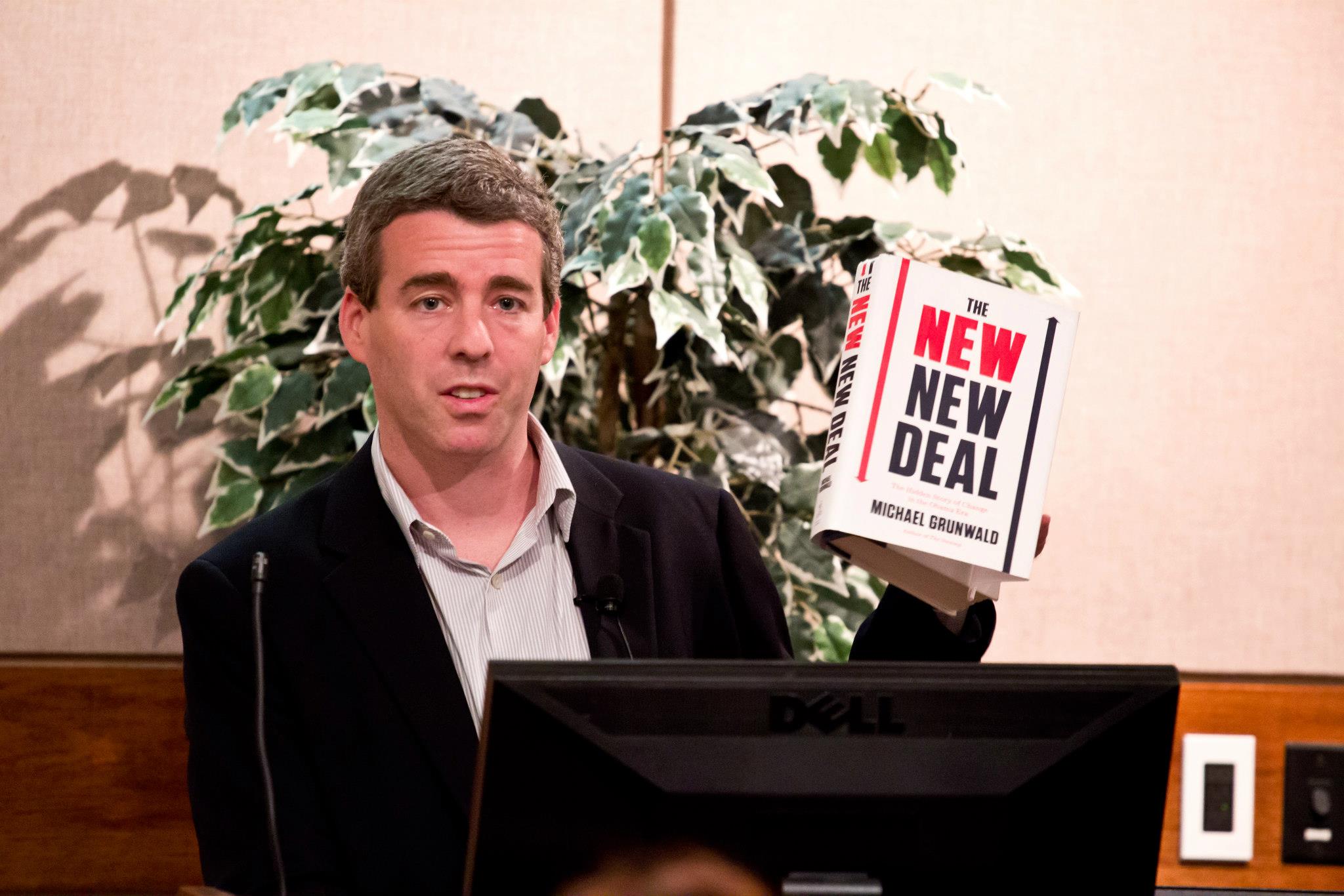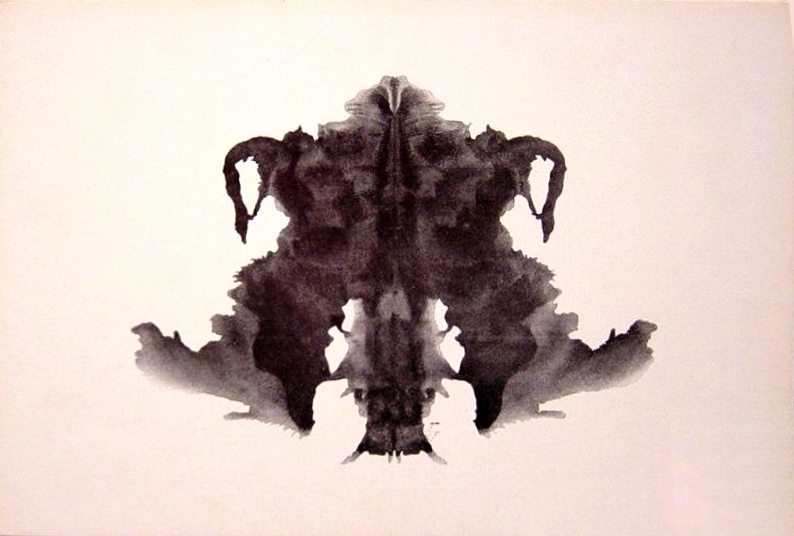On September 16th, Netflix released Do Revenge, its latest romantic comedy marketed towards teens across the country. However, what seems like another painfully transparent remake of classics like Clueless and Mean Girls is actually a satirical commentary on the way we glamorize performative activism and artificial allyship.
The story follows two teenage girls: Drea, the high-achieving queen bee whose carefully crafted life falls apart after her boyfriend leaks her sexually explicit videos, and Eleanor, a queer student betrayed by her crush’s rumors portraying her as a predator. In an attempt to get back at the people who let them down, Drea and Eleanor agree to avenge one another—a plot that would allow them both to evade responsibility for their actions.
Do Revenge is grounded in this evasion. Every character, regardless of their protagonist or antagonist status, perpetuates a cycle of hypocrisy and inauthenticity reminiscent of performative activism. Many young adults understand performative activism, but rarely choose to acknowledge their culpability out of fear of social retribution. Do Revenge breaks this trend by creating flawed characters that charm audiences while simultaneously suffering tangible consequences. Everyone contributes to performative activism; as Eleanor describes, “we’re all performing.”
Performative Activism in the New Age
Performative activism, also known as slacktivism, reflects on the sincerity (or rather the dishonesty) behind our actions. Performative activists commit acts of goodwill and allyship to acquire social capital rather than to leave a lasting impact, sometimes at the expense of legitimate change for marginalized groups. Do Revenge focuses on the aspect of performative activism that leads us to try to assert our moral superiority over others out of fear of falling down the social ladder.
One of the most prominent examples of widespread performative activism happened during the second wave of the #BlackLivesMatter movement. In 2020, millions of social media users across the US posted black squares in solidarity with the movement. What started out as an innocent way to spread awareness of the movement turned into a frenzy of non-Black individuals spamming the #BlackLivesMatter hashtag with useless information to prove their own wokeness, leaving little room for actual Black voices.
Once minority groups called out the ignorance of posting black squares, a train of people “canceled” those who posted to assert their moral supremacy, feeding a competition of “wokeness.” That doesn’t negate the value of social media activism altogether, but it hinders societal progress when people lose sight of what really matters during times of crisis.
Performative activism puts public perception at the forefront of our allyship. We’ll pick apart people’s verbiage, tone, and comportment, generating more hostility in environments—like social media spaces—that already have enough problems. The competitive nature of virtue signaling pits minority groups against one another and turns protective activism into defensive reactivism: a system where people only act within the confines of adversarialism, weaponizing activism in a reactive capacity.
When we repost infographics and partake in cancel culture, we toe the line of selfishness, not selflessness. We may want to help others, but we prioritize the way others perceive us. This is where Do Revenge shines—its characters sit firmly in the gray areas of morality and civic engagement.
Social Capital & Self Gain
Initially, the movie focuses on introducing us to Drea, an image-focused and self-made scholarship student who proudly reaches for her goals. She knows how to leverage her cards to win in almost every scenario, except when her popular boyfriend, Max, coerces her into making a nude video and leaks it onto the internet. Although a victim of the situation, Drea is antagonized and ostracized by her peers, and even her school’s principal. Conversely, Max is praised for pretending to be concerned on her behalf.
Max goes even further to manipulate the situation to his own benefit by starting a new club: Men Championing Female-Identifying Students. This is the most overt attempt that Do Revenge takes at mocking performative activism, addressing the phenomenon of how people exploit performative activism to raise their social status. However, the over-the-top nature of his actions allows the audience to laugh at his expense and ignore the aspects of Max’s character that they embody in their day-to-day lives.
During college application season, for instance, a plethora of student-run nonprofit organizations seemingly emerge from thin air. We usually recognize false intentions in people like Max, but we’re often too afraid to call ourselves out for the same ideas. We choose to hold villains accountable, but make an exception for our heroes. Do Revenge acknowledges this double standard with the conflict between Drea and Eleanor and their descent from heroes into anti-heroes.
However, the movie starts to take a more subtle approach to this phenomenon by introducing the complex relationship between Eleanor and Drea. Eleanor’s story starts off seemingly separate from Drea’s. She meets Drea, after the leak of her video, at a tennis camp and befriends her after finding out what happened with Max. The two become fast friends, taking down two girls who were bullying Drea by framing them for the possession of cocaine. Shortly after, Eleanor reveals that she lived her own version of Max: her old childhood crush, Carissa, outed her as a lesbian and framed her as a sexual predator. These parallels set the stage for the main plot of the movie, where Drea proposes that she gets revenge on Carissa in exchange for Eleanor getting revenge on Max.
As the plot progresses, Drea and Eleanor wreak havoc on their peers. They frame Carissa for drugging the entire senior class with shrooms, resulting in her expulsion, and manipulate those around them to ruin Max’s reputation. Despite their lies, they fail to trap Max because of his uncanny ability to escape accountability; Max is symbolic of white men who avoid the consequences of their actions, no matter the severity. White rapists, for example, time and again face minimal consequences for crimes that permanently traumatize their victims.
Although Max is the antagonist at the forefront of this story, his villainization distracts the audience from the movie’s big reveal: Drea was actually the one to out Eleanor, not Carissa. Eleanor told Drea that Carissa ruined her life to set up her own revenge scheme, ruining Carissa’s life in the process. Drea was the primary slacktivist all along, but instead of students blindly worshiping her, it was the audience blindly accepting her narrative. We see Drea in all of the “woke” influencers that turn out to disappoint us. We see her in celebrities like Jameela Jamil, who advocate for social causes through a classist, self-centered viewpoint. But most importantly, we see Drea in ourselves, whenever we harm others in the name of self-gain.
Artificial Allyship & Divisive Justice
It’s at this point that the audience realizes Drea and Eleanor were each other’s antagonists all along. The movie frames Drea and Eleanor’s conflict as the confrontation between a “scholarship student of color” and a queer “rich white girl.” Through the lens of performative activism, the movie is at a stalemate. A slacktivist audience is caught between a character who villainized the LGBT+ community and a character who used their socioeconomic privilege to terrorize a young girl. Virtue signaling boils their conflict down to homophobia versus classism, when in reality, it’s a complicated situation involving multiple guilty parties. These issues themselves are intersectional, creating a complicated framework of intertwined injustices.
By reducing their fight to their identities, Do Revenge’s characters detract from serious conversations and avoid taking accountability for their own actions. Rather than using their experiences to make the world a better place, they weaponize their trauma, comparing personal struggles with their opponent. The double-edged sword of performative activism encourages people to operate out of blind anger towards others or the fear of being seen as problematic. Performative activism can come from a place of genuine frustration and the desire for systemic change, but it often involves creating a contentious environment filled with over-exaggerations of one’s own moral superiority.
Drea and Eleanor participated in this form of performative activism by pretending to advocate for one another under false pretenses. In their pursuit of “justice,” they harmed mostly innocent characters like Carissa. And in this part of the movie, Drea and Eleanor come face to face with victims that the narration predisposes the audience itself to mock, like Sophie Turner’s Erica, who Drea comedically framed for the possession of cocaine at the onset of the film. They’re both guilty, but they both want to play the victim. From there on, they continue to feud until they join forces to expose Max at an exclusive year-end party.
The Common Enemy
Although several students either knew or suspected that Max was behind Drea’s downfall, they only displayed contempt towards him once he was exposed or “canceled” in a public lens. In the movie, Max’s sister even goes as far to claim that everyone knew Max leaked Drea’s nudes, despite the fact that she never defended her. The anger following Max’s descent from fame, as a result, is performative. It was now “safe” to go against him, as performative activism rarely pushes people past the status quo.
We see this every day, with influencers going from massive followings to comments flooded with death threats. Social media users often claim that “they always had a bad feeling” about the influencer of the week being canceled, attempting to gain some semblance of dominance over those who publicly supported them. This is the case for the TikTok Willy Wonka impersonator, Sienna Mae, and many, many more. Once the Willy Wonka impersonator received backlash for making racist content and Sienna Mae received backlash for being a sexual predator, former fans quickly jumped ship, denying that they supported them at all.
Max’s cancellation marks the conclusion of the movie’s primary conflict, bringing Drea and Eleanor together to defeat a common enemy. Their activism succeeded only after a villain was taken down, despite the core problem of sexism still brewing for the next victim to face. Nevertheless, on an uplifting note, our two protagonists reconcile and move forward from their past afflictions. Max joins a support group of other selfish white men “victimized” by cancel culture, only proving to the audience that being shunned didn’t change who he was at his core, and that “doing revenge” actually does nothing—something performative activism fails to account for.



